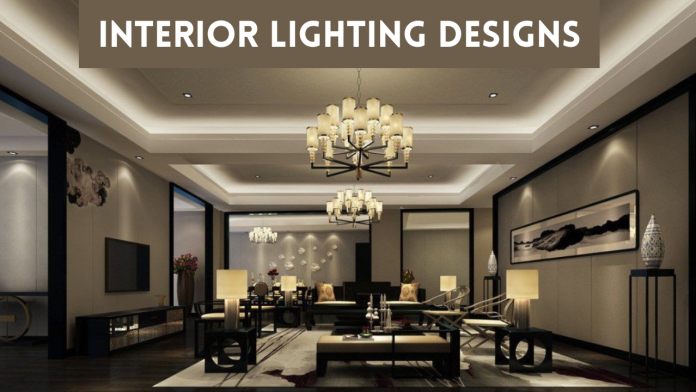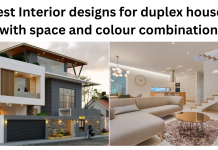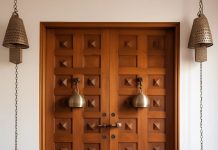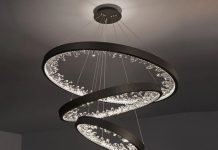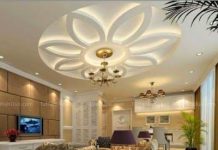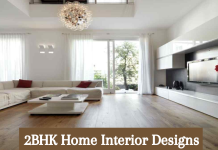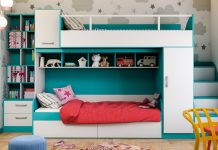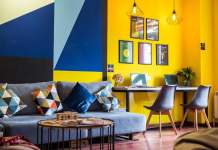The Significance of Lighting in Interior Design Creating an interior design without a lighting developer is like going out to regale and only eating what is in the chuck handbasket. The chuck may be great, but you will be missing out on numerous other intriguing dishes. Cleverly placed lighting adds another dimension to a room and brings your innard’s design to life.
Good lighting creates depth, height, and coziness, drawing attention to the most emotional areas. It’s about the balance between light and shadow and bringing new energy to interior spaces. Engineers and interior contrivers can simply incorporate a grid of downlights into their interior plans, but that does not do justice to their design. By bringing in lighting experts and working with interior contrivers and engineers, you can maximize the effectiveness of your space.
1. How important is lighting in interior design?
Lighting is as important as any other element of design. Good lighting transforms a room and changes its print. Use light and shadow to give your space a comfortable yet dramatic and atmospheric sense. Let’s say you want to punctuate a piece of art on your wall. We need downlights to illuminate the artwork, but in combination with the dark areas around it, draw our eyes to the oil.
We can consummately combine downlights, uplights, wall lights, bottom lights, concealed lights, custom lights, integrated architectural lighting, pendant lights, and lights to add interest and depth to any room. use different strategies for different results. Certain features, similar to a flowery side table, maybe illuminated with Polespring narrow ray downlights, but they can also be used in confluence with further general pressing options. Illuminating beautiful curtain fabrics is done else than creating a bright area for tasks similar to cuisine, reading, or working at your office.

2. How does the sun affect interior design?
Daylight is an important element for every developer. Interior contrivers and lighting contrivers cover how natural light enters each space they work with. It affects where everything is placed. It’s as important as artificial light. Sun aqueducts into the glass-enclosed living room, making it bright and open. Next, consider how to deal with artificial light and give different options throughout the day. Argentine autumn in London is veritably different from a bright, sunny morning in Dubai and requires different lighting.
Architectural lighting still has a part in areas exposed to the sun. Use it to brighten dark areas of your shelves, add some sparkle to your workspace, or punctuate your artwork. Linear LED strips add warmth to a space’s fittings and crucial features but may need to be combined with natural light to give further focus and wimpiness. The main result is to combine daylight and artificial lighting to control lighting options at different times of the day. You can preset options with the switch pad for optimal results.

3. How does artificial light affect interior design?
Artificial light provides visual stimulation. We’re always drawn to the brightest corridor of a room, so we use artificial light to punctuate certain features of the room. In the kitchen, flowers are stressed on the kitchen islet and dining table. Also, concentrate on the edges of the room to expand your field of view. Perimeter lights can be used to add subtle light to perpendicular shells similar to closets and produce reflected light from these shells. It’s also important to have acceptable and functional lighting for preparing reflections, making drinks, and seeing what is in your cupboards. verbose light is used for general warmth. A variety of well- allowed – out artificial lighting schemes give brilliance, dramatic moments, layers, and depth.

4. How to properly combine decorative and architectural lighting in interior design?
A successful flexible lighting concept always includes a combination of decorative and architectural lighting. Our job is to consider your space and plan, consider your ideas, and plan the light layers in your room to achieve light balance. We want a good mix of ambient, accent, and architectural lighting.
The wow factor is often achieved through hidden lighting details. Let’s go back to the kitchen. You may have downlights above your kitchen island, but adding an LED strip below it will add more layers and drama. Although the brightness is low, this simple trick will change the atmosphere of the room at night. Another example is a table with a settee. Installing an LED strip on the back of the chaise longue to illuminate the wall behind it creates a different atmosphere and gives the impression of a larger space. I think it won’t be noticeable if it’s a cassette without lights, but adding an LED strip will brighten up the ceiling. This ceiling light reflects light into the room, making the entire room feel brighter.
5. What quality of light does your interior design project require?
Although we are currently using LED lighting, the quality of each light has a huge impact on the space. We are always thinking about the quality of color temperature and color consistency. For us, high-quality lighting with a CRI (color rendering index) of 90 or higher provides the most natural light. CRI is a value that indicates how well a light reproduces the actual color of the object it is highlighting. Reds, deep blues, and deep greens look more realistic when highlighted with high CRI lights.
When using multiple downlights in a room, especially on white or neutral-colored walls, all lights should have a consistent color temperature. This is measured in Kelvin. Slightly cooler light colors (2,700 K) can be used for architectural lighting, while warmer colors (2,400 K) are suitable for decorative items such as table lamps, wall lamps, and pendant lights. Our job is to create harmony. You can use ceiling lights and uplights at 2,700K and set your decorations to 2,400K. That way, the LED strips inside the fittings can have the same warmth of color as decorative lighting.

6. When should you hire a lighting designer?
Once you have planned your furniture placement with your interior designer or architect, contact a lighting designer. Working with an interior designer or architect to fully incorporate furniture into the final design will make your final project stronger. In some cases, you may work with a project manager on large-scale projects. We want to achieve the best results for your space, and the sooner we get involved, the fewer adjustments we’ll need to make later.


